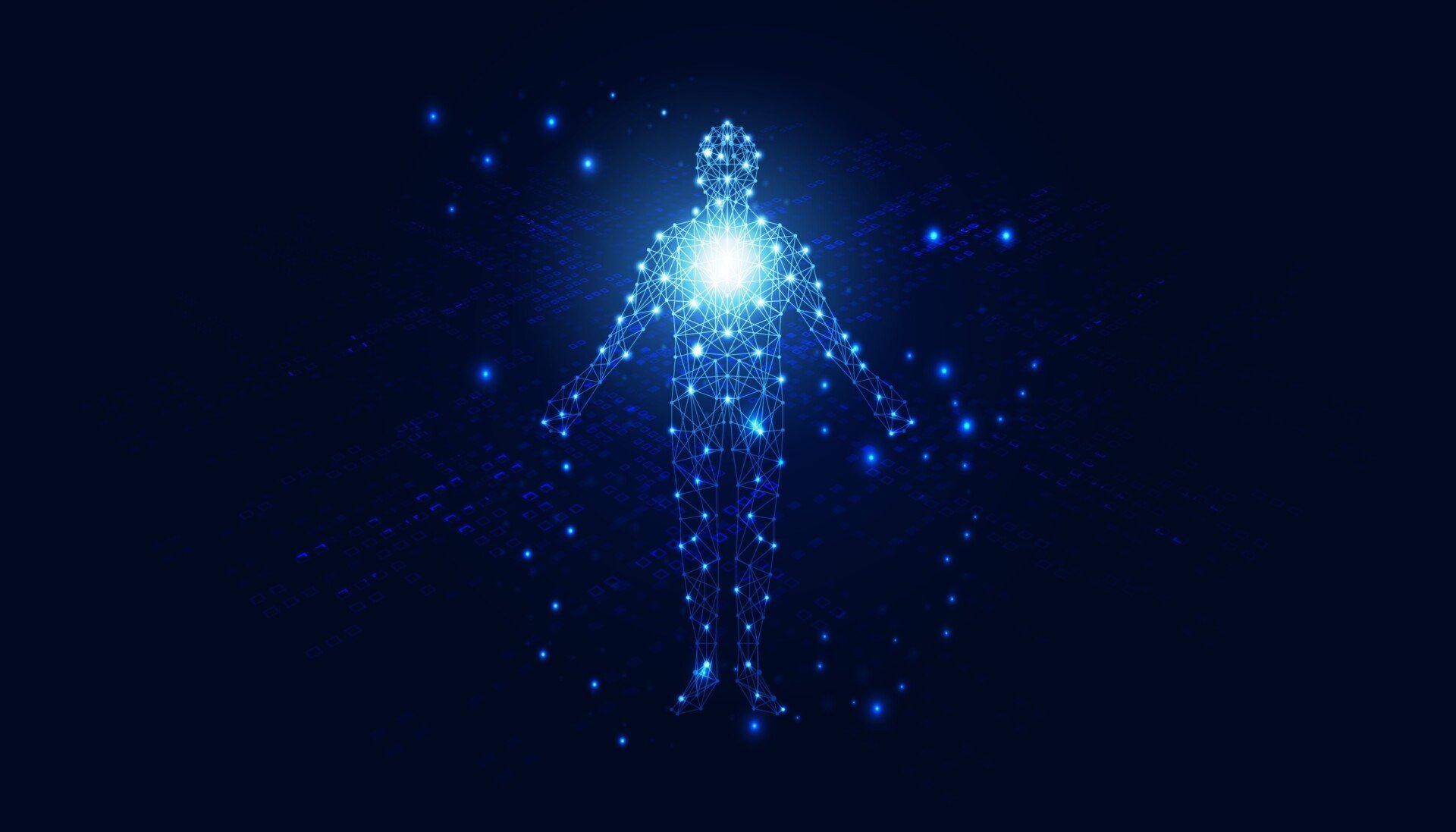
We’ve all heard the term “Internet of Things.” It basically refers to inanimate objects, such as home appliances and other devices, that can be connected to the Internet and to each other.
But in 2016, academic and author Dr. Andrea M. Matwyshyn took a step forward through creativity The term “Internet of Bodies” or IoB, As he explains in his report CNBC. Eight years later, the term is still less known and understood. So let’s see what exactly it refers to.
Matwyshyn describes the Internet of Objects as “A network of human bodies whose safety and functions depend at least in part on the Internet and related technologies, such as artificial intelligence.”
This may seem far-fetched, but you may already be part of the IoT world without even realizing it.
Categories 3
There are three categories of IoB, based on the level of integration of the device with the body.
- The first generation of IoB products is external. Devices like smart watches or jewelry, that they use Sensors To monitor our steps and heart rate. Or smart glasses that work Such as cameras, headphones, and monitors.
- The second generation is internal. These are the devices that Consuming it or implanting it in your body. Think pacemakers with digital implants, smart prosthetics embedded in patients’ nerves and muscles… or even Digital Grain Which transmits medical data after ingestion.
- Finally, there is the third generation. they The hardware is fully integrated With the body while maintaining contact In real time With an external device and the Internet.
Organs that become one with the body
One of the most prominent companies in this field is Elon Musk’s company, Neuralink, which is developing The brain-computer interface or BCI is called the “link”.
chip Currency size It is planted Under the skullIt can read a person’s brain signals to allow them to control an external device.
The first human to participate in Neuralink trials, who was paralyzed from the shoulders down, Use the device To play chess On his laptop. Although it has been a few weeks since the procedure, Neuralink has reported some glitches.
the benefits
Proponents of IoT devices say their benefits are clear: they will improve cognition and bodily functions, improve health care, and enable individuals and businesses to achieve significant cost savings.
But where some see benefits, others see risks. Even the man who coined the term warned of the risks involved with this technology.
And the risks
Firstly, Data protection It will be of utmost importance. Many of these devices will be able to track, record and store personal information. Critics say that if governments and companies obtain this data, they could use it to spy on citizens or turn it into sources of revenue.
There are also concerns about Dependence, addiction, and personal safety. For example, former US Vice President Dick Cheney admitted that he disabled the wireless function of the heart transplant he had implanted in 2007 for fear that killers would use it to cause a fatal heart attack.
There are also ethical/philosophical questions to consider. Will the Organism Institute challenge our notions of human autonomy and self-management? Who is responsible for risk monitoring?
Current context
Most implantable and oral IoB devices are regulated by agencies such as the Food and Drug Administration in the United States or their international counterparts.
The recent emergence of these devices, the rapid explosion in their sales, and their diverse capabilities, go some way to explaining the current patchwork of legislation at the regional, state, and international levels. However, there are some existing laws that could be expanded to protect IoT data.
The European Union’s General Data Protection Regulation – or GDPR – is designed to protect EU residents from the risks of data breaches and cyberattacks.
In the United States, the Health Insurance Portability and Accountability Act – known as HIPAA – aims to prevent the disclosure of patient information without their consent.

“Avid problem solver. Extreme social media junkie. Beer buff. Coffee guru. Internet geek. Travel ninja.”





More Stories
Play Age of Mythology: Retold Playtest starting today!
Impressive Maniskin Concert in Greece
What does it mean if we decide not to remove third-party cookies?